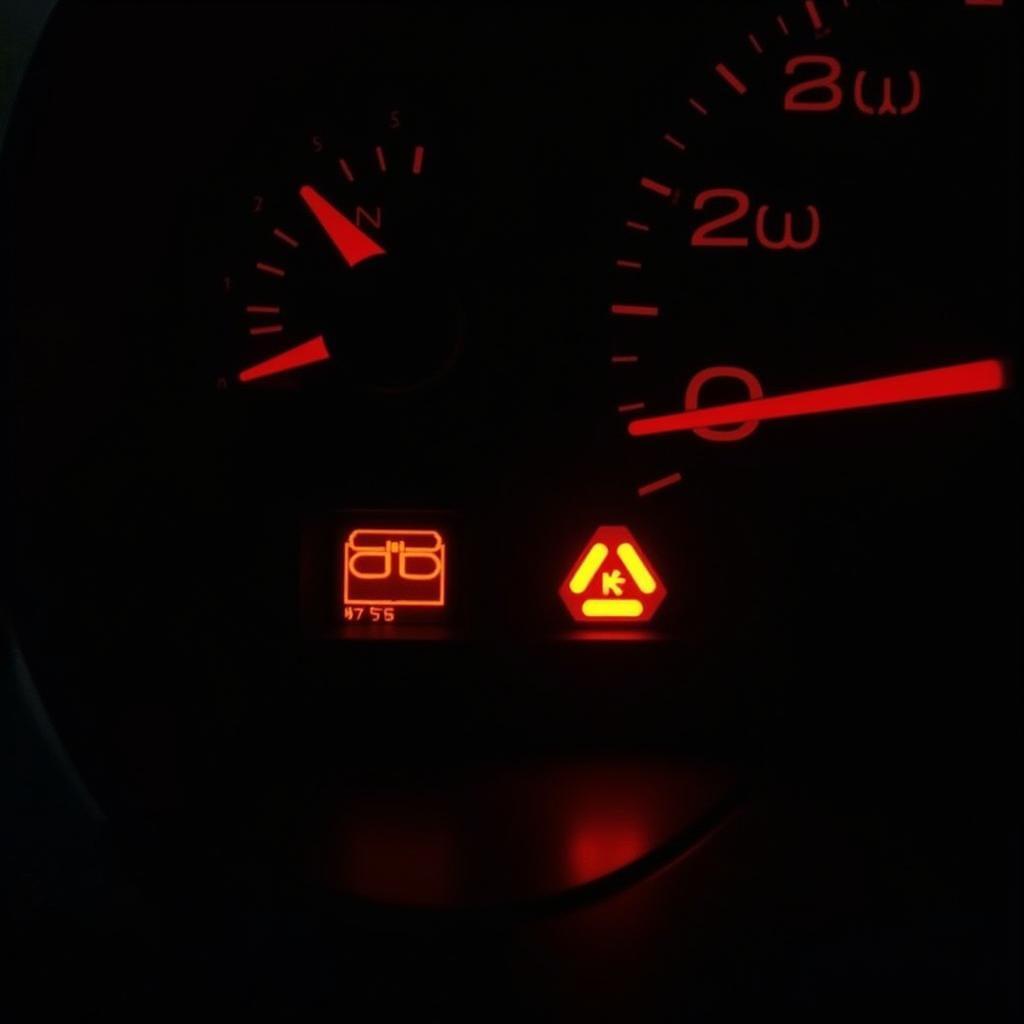If you’re looking to beef up your car’s security and potentially save on your insurance, you might have come across the term “Category 3 Anti Theft Device”. But what exactly does it mean?
In simple terms, a Category 3 Anti Theft Device refers to a specific level of security systems used in vehicles to deter theft. These systems typically involve immobilizing the car, making it extremely difficult for thieves to drive away with.
Understanding Car Security Categories and How to Identify Them
To fully grasp what a Category 3 Anti Theft Device entails, it’s helpful to understand the broader categorization of car security systems:
- Category 1: This basic level typically includes visual deterrents like steering wheel locks and window etching, signaling to potential thieves that your car is a harder target.
- Category 2: This level steps up the game with alarm systems. These alarms usually involve sensors that detect intrusion and sound a loud siren to scare off thieves.
- Category 3: This is where things get serious. Category 3 systems focus on immobilization. They incorporate electronic devices that prevent the engine from starting without the correct key or fob. Many Category 3 systems also feature tracking capabilities, helping authorities locate your car if it does get stolen.
So how do you identify what category your car falls into? Your owner’s manual is a good place to start. It might list the specific security features installed. You can also check for any visible signs like alarm LEDs or stickers on your windows that indicate the presence of a security system.
What You Need to Know About Category 3 Anti Theft Device Installation and Repair
Installing a Category 3 Anti Theft Device typically requires professional help. These systems often integrate with your car’s electrical system and computer, demanding specialized knowledge and tools.
If you’re experiencing issues with your Category 3 system, it’s best to consult a qualified automotive electrician or a specialized car security shop. They have the expertise and diagnostic tools to identify the problem and perform the necessary repairs.
“Trying to fix a Category 3 Anti Theft Device yourself can be risky,” warns Mark Williams, a seasoned automotive electrician with over 20 years of experience. “These systems are complex and tampering with them could potentially damage your car’s electronics or even compromise the security features altogether.”
FAQs About Car Security and Diagnostic Tools
Q: Can a dash cam be considered an anti-theft device?
While a dash cam doesn’t directly prevent theft, it can act as a deterrent and provide valuable evidence if your car is stolen or involved in an incident. You can learn more about this in our article “Does Dash Cam Count as Anti-Theft AAA?”.
Q: What is an anti-theft discount, and how do I get one?
Insurance companies often offer discounts for vehicles equipped with anti-theft devices, including Category 3 systems. To learn more about anti-theft discounts and how to claim them, check out our article “What is an Anti-theft Discount?”.
Q: Are there different types of Category 1 Anti Theft Devices?
Yes, you can find more information about different categories of anti-theft devices, including Category 1, in our article “What is a Category 1 Anti-Theft Device?”.
Cardiagtech offers a range of products for car diagnostics.
Want to learn more about car security or explore our range of diagnostic tools? Contact Cardiagtech today for expert advice and solutions tailored to your needs.



